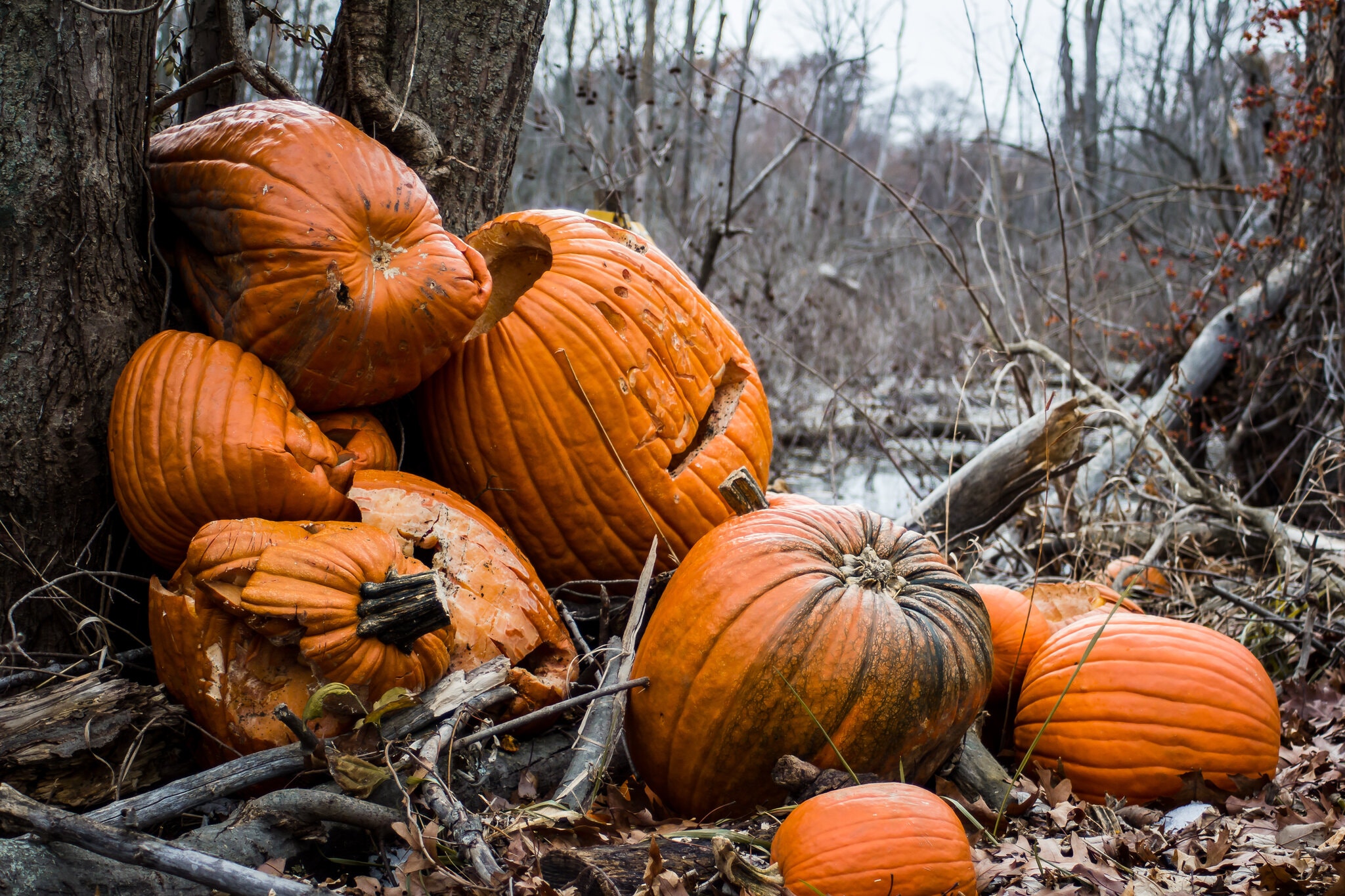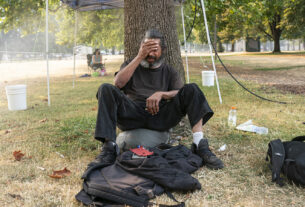
Halloween is going to look a bit different this year because of the pandemic, but there could be a green lining: an opportunity to develop a more sustainable outlook on a typically high-waste holiday.
Need an example? Consider pumpkins. American farmers produced more than a billion pounds of them in 2018, according to the Department of Agriculture. Much of that total ends up decomposing in landfills and emitting methane, a particularly potent greenhouse gas.
“The biggest issue with a lot of these holidays is that they’re extraordinarily wasteful,” said Amanda Cattermole, who runs a consulting firm that advocates for better chemical and sustainability management in supply chains.
Candy is another culprit. Last year, an estimated $2.6 billion worth of Halloween candy was sold in the United States. Some of those sweet treats, like the ones that contain palm oil, are particularly detrimental to the earth because of their link to deforestation. Then, there’s the problem of packaging. Many recycling centers don’t accept foil or plastic wrappers with food waste, so the tend to end up landfills with all those decomposing jack-o’-lanterns.
This year, by the way, Halloween chocolate and candy sales are up 13 percent over the year before, according to the National Confectioners Association.
Costumes and decorations are also an area of environmental concern. Since most people wear costumes only once or twice, the ones purchased from stores are typically designed with cheap materials. According to Ms. Cattermole, those materials are often among the worst for the planet, often going through hefty chemical processes during production. “There are so many steps involved and we just use more and more chemicals and wash them off with more and more water,” she said.
The good news is, there are some easy shifts you can make to clean up your Halloween, according to Katherine White, a professor at the University of British Columbia who studies sustainability.
The first is to set reasonable limits on how much stuff you acquire and, when possible, use household items you already have on hand instead. For example, skip the plastic trick-or-treating bucket and use a pillowcase.
“If you’re buying some junky decoration that you’re going to use once and it’s going to go in the trash, do you really need it?” she said.
Costume swaps are a growing part of the circular clothing economy worth exploring, Dr. White added. Costume rentals are also available in some cities.
If you’re celebrating with just family and friends this year, you could also try making your own treats, sans the single-use plastic. The New York Times Cooking site has suggestions for Halloween recipes.
And, coming back to those pumpkins: Consider shopping local. And, if you can afford it, buy organic pumpkins that haven’t been grown with pesticides. When the Halloween party is over, try composting. Here’s a guide to home composting from our Climate Team colleague Hiroko Tabuchi.
The changes forced upon people during Halloween this year could actually open the door to adopting new habits, as the normal rules do not apply. At least one study has shown that big life changes can create the perfect mood to adopt other new lifestyles.
“If you’re making a bigger change, you’re not stuck in these old ways anymore,” Dr. White said.


